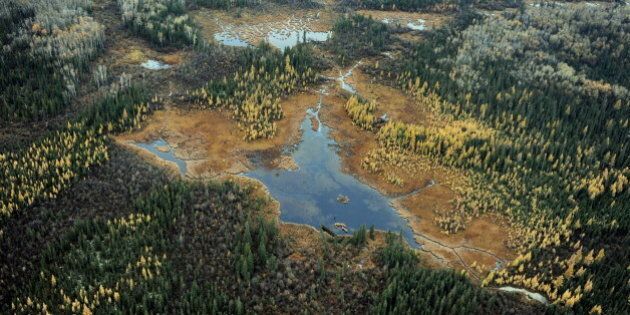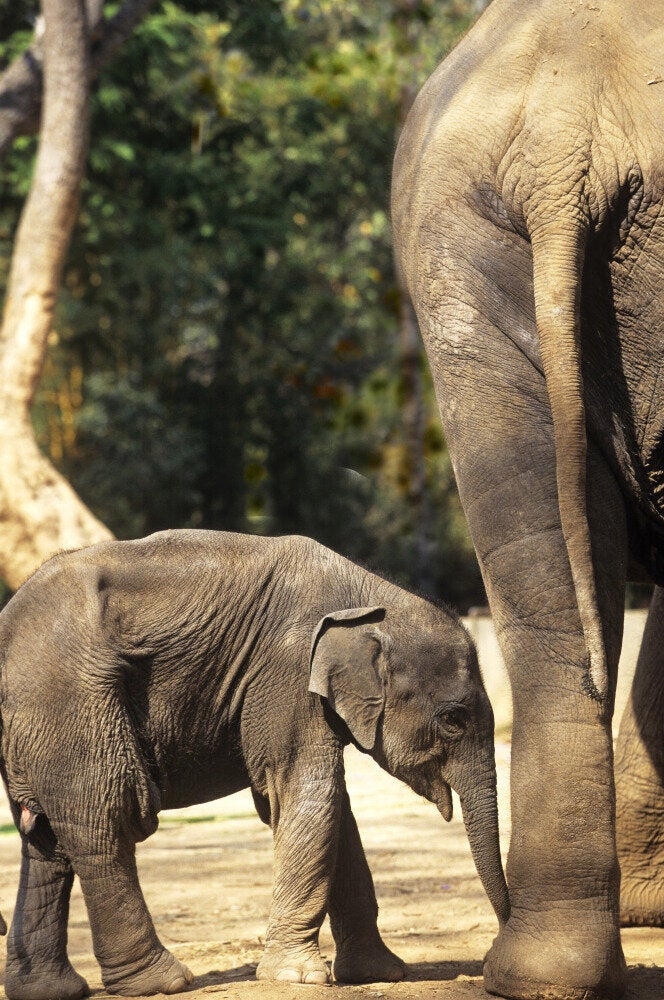
Five years ago, the Canadian government made a significant environmental pledge to protect the country’s land and fresh water — and now efforts are falling behind the world average.
Only 10 per cent of Canada’s landscape is protected, according to a report released by the Canadian Parks and Wilderness Society on Sunday. The global average is 15 per cent.
“The pace of progress is dismal and Canada has no nation-wide action plan to reach the targets,” reads the report.
In 2010, Canada joined an international effort alongside nearly 200 other countries to curtail biodiversity loss at the Convention on Biological Diversity in Nagoya, Japan. Known as the Aichi Targets, countries promised to achieve 20 measurable goals by a 2020 deadline. The minimum goal for land and inland water protection is 17 per cent.
"It would take [Canada] 50 years from today, not five, to meet our commitment to protect at least 17 per cent of our land and fresh water,” said Alison Woodley, CPAW’s national director in a news release.
“And 17 per cent is only the next step we need to take toward protecting at least half to ensure Canada continues to have healthy, functioning ecosystems,” Woodley said.
“We have one of the best opportunities left in the world to protect large natural areas, because Canada has 20 per cent of Earth’s wild forests and 24 per cent of its wetlands,” she continued.
Ninety per cent of Canada’s land base and 100 per cent of its waters are within the public domain, managed by governments.
But not all of Canada is lacking motivation to get ahead of the Aichi goals — there are regions across the country outperforming the global average, too.
In British Columbia, more than 15 per cent of the province’s land and fresh water is protected —outperforming efforts made by Prince Edward Island. Only three per cent of that province’s land and fresh water is protected.
Other provinces and territories are also credited in the report for implementing projects with biodiversity preservation in mind. The groups singles out Quebec and Ontario’s commitment to protecting its northern regions alongside the creation of 15 new parks and protected areas in Manitoba and a new national park proposal for Nunavut.
The group also believes there are monetary incentives in establishing new protected areas.
“Every dollar spent by federal, provincial and territorial parks agencies resulted in a six dollar contribution to the Canadian GDP,” the report states.
Among its recommendations, CPAW urged government officials to remove political barriers to facilitate Aboriginal leadership when it comes to conservation.
Environment Minister Leona Aglukkaq’s office responded to the CPAW report by defending recent government efforts, citing the creation of two new national parks and a marine conservation area, also mentioning Toronto-area Rogue Park’s new status as the country’s first national urban park.
“Canada’s biodiversity goals and targets were collaboratively developed with the provinces and we will continue to work with them to promote conservation and meet these goals,” senior communications adviser Jonathan Lefebvre said in an email to The Huffington Post Canada.
“Canada now has over a million square kilometers of protected areas, which is almost the size on Ontario.”
Also On HuffPost:
